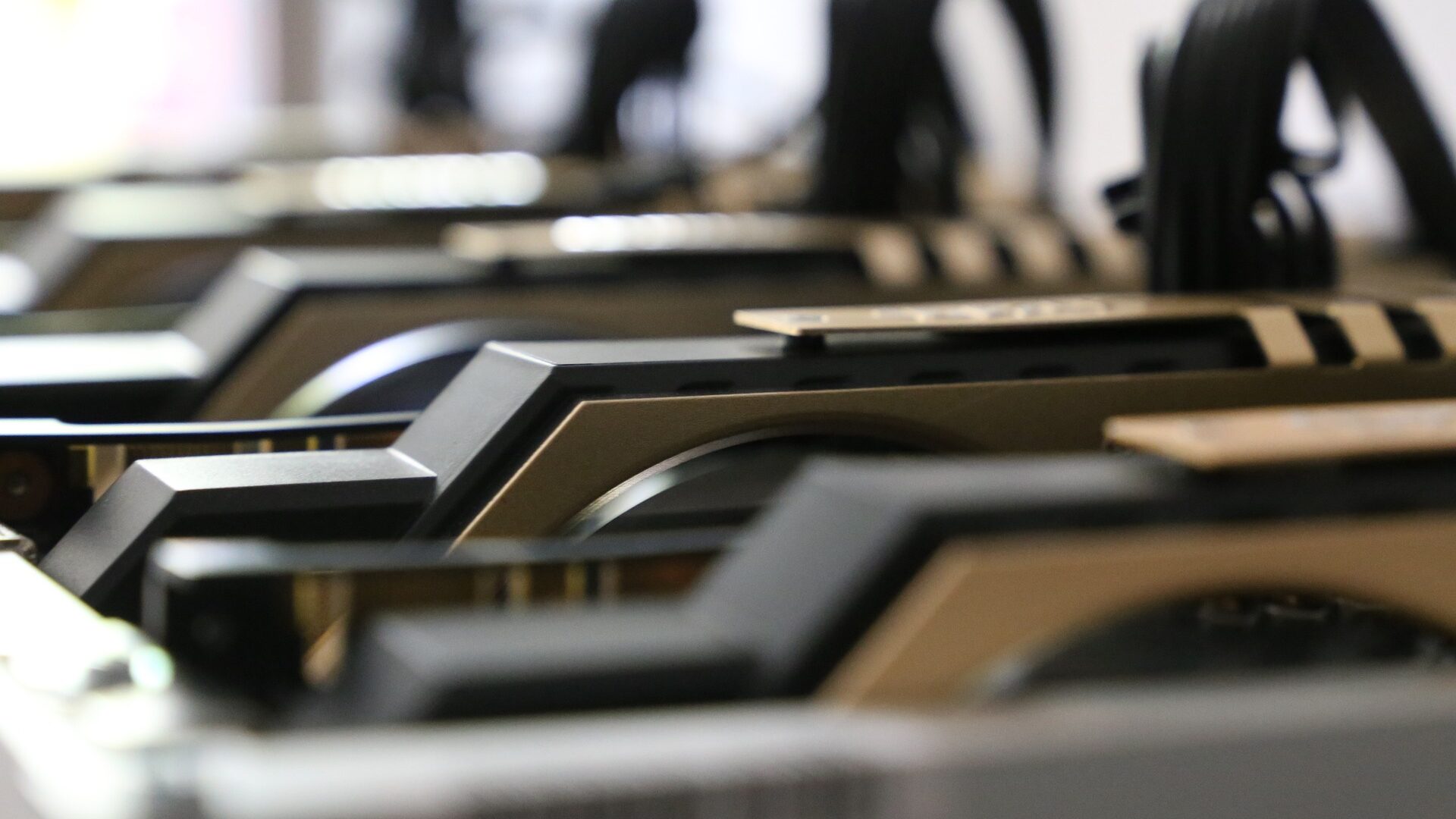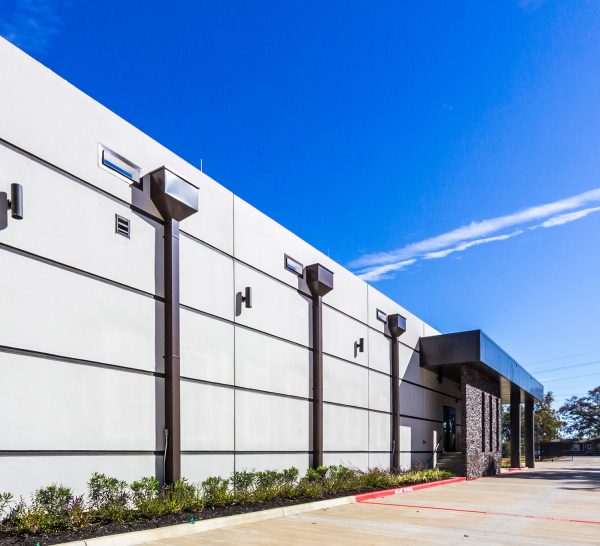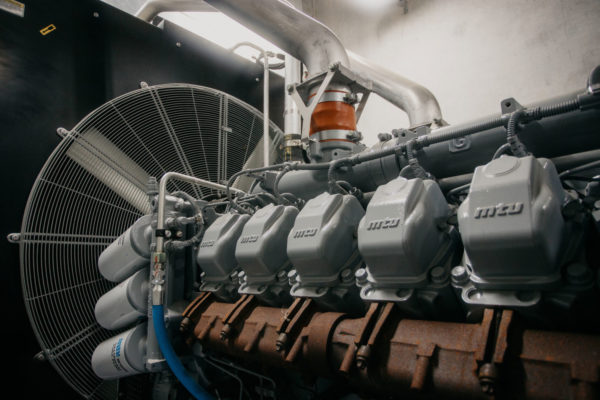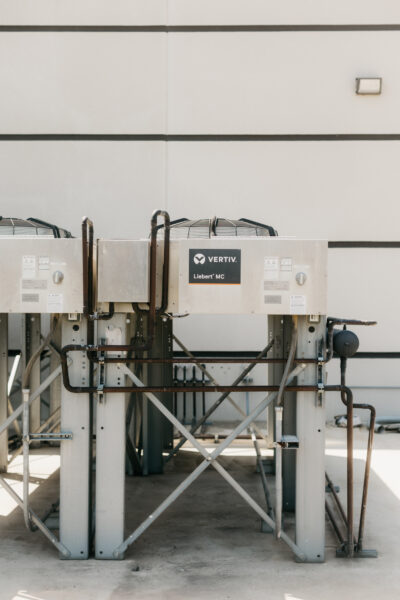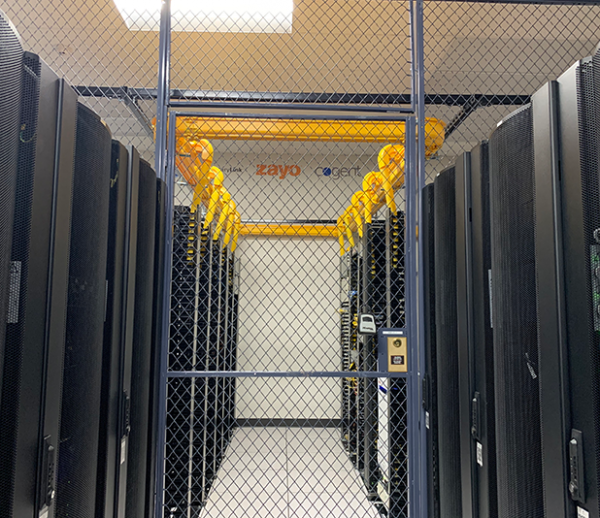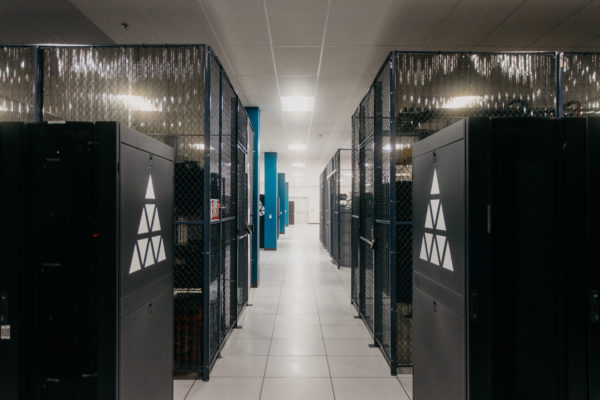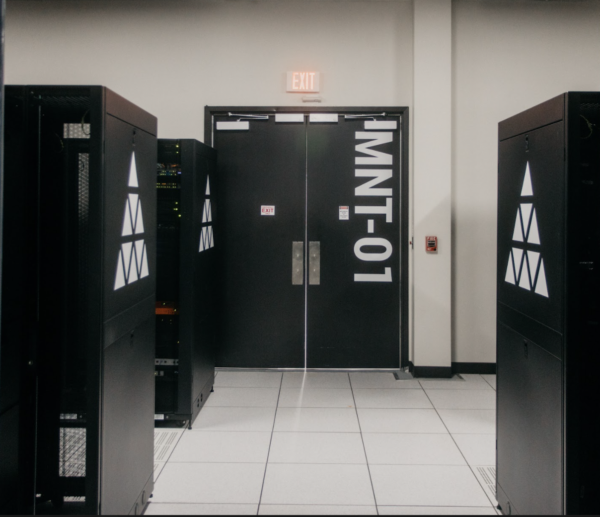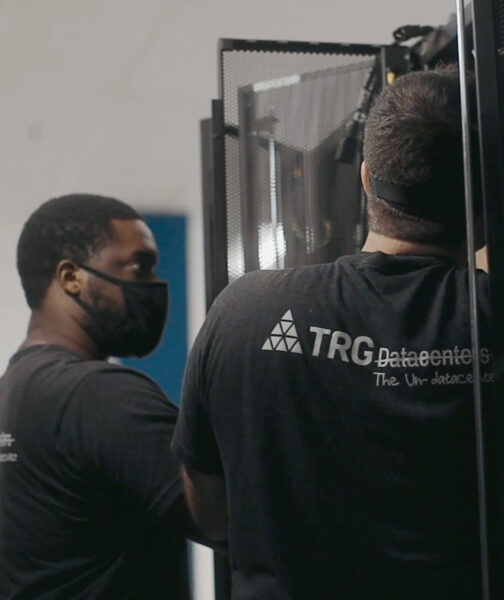In the fast-evolving world of artificial intelligence and machine learning, the tools and technologies we rely on are advancing at an unprecedented breakneck pace. Among the most critical components in this revolution are Graphics Processing Units, or GPUs. Initially used exclusively for rendering images and graphics, GPUs have become indispensable for powering AI computations and enabling the development of complex models in much broader applications.
At TRG, the intersection of GPUs and AI presents an opportunity to provide the necessary infrastructure to support transformation across various industries and applications.
What is a GPU, and Why Does it Support AI?
A Graphics Processing Unit (GPU) is a specialized processor designed originally to handle the complex calculations required for rendering images and video. GPUs differ from Central Processing Units (CPUs), which handle general-purpose computing tasks in a more sequential manner. GPUs are optimized for parallel processing, meaning they can perform many calculations simultaneously, opening the potential for more efficient work and technology-enabled outcomes.
Why GPUs are Key to AI Capabilities
This parallelism is key to their role in broader artificial intelligence capabilities. While CPUs process tasks in a step-by-step fashion, often handling only a few threads at a time, GPUs can process thousands of tasks simultaneously. In AI, where computations such as matrix multiplications and neural network training require vast amounts of data to be processed concurrently, GPUs provide a significant performance advantage that occurs at an exponentially faster speed than its technology predecessors.
What GPU is Best for AI?
At the core of AI, especially deep learning, are algorithms that need massive amounts of data to be processed rapidly. AI tasks such as image recognition, natural language processing, and predictive analytics rely on models that must be trained repeatedly, requiring both immense computational power and diligent manpower to perform properly. This reliance slows down each task, as well as longer-term advancements.
How GPUs Accelerate Neural Networks
GPUs, with their thousands of cores and ability to perform multiple computations at once, are ideal for these tasks. For instance, when training a neural network, a GPU can handle multiple layers of calculations in parallel, reducing the time it takes to train the model from days to hours. This acceleration is especially critical for large-scale deep learning models that rely on complex structures, such as convolutional neural networks (CNNs) or recurrent neural networks (RNNs). These models are composed of many layers, each with millions of parameters, that need to be adjusted based on input data.
Differences in Processing Capabilities
In traditional CPU processing, these layers must be processed sequentially, creating a bottleneck as each layer’s calculations depend on the results from the previous layer. This sequential processing can significantly extend the time required to train a model, particularly with massive datasets like those used in image recognition, natural language processing (NLP), or autonomous vehicle technology.
However, GPUs are built to process operations in parallel. They manage the intricate calculations required by each layer simultaneously, allowing the network to “learn” from data far more efficiently. For example, in a CNN used for image recognition, each layer analyzes different features of the image — such as edges, shapes, and textures — and refines its understanding with every iteration. The GPU’s ability to parallelize these operations across thousands of tensor cores enables rapid training.
The Role of Tensor Cores in AI Performance
Tensor Cores provide a significant performance boost for deep learning tasks, especially when working with large-scale models. For example, in multi-GPU setups, Tensor Cores can handle different parts of the model simultaneously, further reducing the time needed to train complex AI systems. Tensor cores are specialized processing units within GPUs that further optimize matrix calculations, making them even more efficient at handling AI training and inference.
What is GPU’s Role in Machine Learning and Deep Learning?
In machine learning and deep learning, the amount of data processed is staggering, and would not be possible without digital computational power (or at least, it would take many lifetimes and lots of broken pencils to complete). Deep learning models rely on vast datasets to learn patterns and make predictions. Training these models can be incredibly resource-intensive, requiring the computation of billions of parameters.
The Distinction Between Training and Inference
In addition to training AI models, GPUs are essential for inference — the process by which a trained model is used to make predictions on new data. In AI, training and inference are two distinct phases. Training involves teaching the model to recognize patterns and learn from data, but once this process is complete, inference applies the model to new, unseen data to generate predictions or classifications. While training can be time-consuming and resource-intensive, inference needs to happen quickly, especially for real-time applications where delays can have significant consequences.
How Do GPUs Function in Real-world Applications?
Inference is a critical component in many AI-driven systems, from voice assistants like Siri or Alexa, which need to process spoken language in real-time, to self-driving cars, which rely on split-second decisions to ensure passenger safety. In these scenarios, every millisecond matters. A self-driving vehicle must process data from multiple sensors — such as cameras, radar, and LiDAR — and then make immediate decisions about steering, braking, or accelerating based on that data. If the inference process lags or fails to deliver results fast enough, the results can be dangerous, even deadly.
This is where the parallel processing abilities of GPUs shine. While a CPU would process each data point sequentially, slowing down the entire system, a GPU can handle multiple data streams simultaneously. For instance, a GPU can manage the complex matrix multiplications required during inference for tasks like image recognition, while also handling real-time updates to those predictions as new data becomes available.
GPUs in Natural Language Processing Systems
Consider natural language processing (NLP) systems, such as ChatGPT or Google’s BERT model, which rely heavily on fast, accurate inference. When a user types a query, the model must analyze the input, understand its context, and generate a coherent response — all within milliseconds. If this process were to run on CPUs alone, the latency could make the system unusable for real-time interaction. However, with GPUs, inference is conducted rapidly, ensuring a smooth and efficient user experience.
Medical Imaging
Medical imaging is another field where fast, reliable inference is crucial. AI models are increasingly being used to analyze medical scans — such as X-rays, MRIs, or CT scans — to detect anomalies like tumors or fractures. For these applications, the AI model must process high-resolution images quickly and provide accurate diagnoses or treatment recommendations to healthcare providers. A delay of even a few seconds in processing could be the difference between early detection and a missed diagnosis.
Edge Computing
Another important role for GPU-powered inference is in edge computing. In edge environments — like IoT devices, industrial machinery, or remote sensors — there often isn’t enough bandwidth to send data back to a central server for processing. Instead, AI models must perform inference directly on the device, requiring high computational efficiency and low power consumption. Modern GPUs, especially those designed for edge applications, are optimized to handle inference tasks in these constrained environments, delivering real-time results without the need for cloud-based resources.
Ultimately, the need for rapid, real-time inference is growing as AI becomes more embedded in everyday applications. Whether it’s in real-time video processing, financial fraud detection, voice-activated assistants, or autonomous driving, GPUs are the backbone of these systems, enabling them to deliver fast, accurate predictions with minimal latency. As AI adoption continues to expand across industries, the reliance on GPUs for inference will only grow, making them essential not only for training models but also for delivering real-time AI solutions at scale.
Why does AI use GPU instead of CPUs in Applications?
While both CPUs and GPUs are essential for modern computing, they are designed for very different uses. CPUs can handle a variety of tasks, often performing operations sequentially. They are general-purpose processors that manage everything from running operating systems to executing applications. Whereas GPUs are designed for handling repetitive tasks that can be broken into smaller units and processed in parallel. This is ideal for image processing, video rendering, and AI model training.
In the context of AI, GPUs are preferred because the computations required for training models, such as matrix multiplications and other linear algebra operations, can be split into many smaller tasks that GPUs can process simultaneously.
Consider the task of training a model to recognize objects in images. The model must analyze millions of pixels across thousands of images, extracting features and learning patterns such as edges, shapes, and textures. A CPU, which processes tasks sequentially, may handle only a few images at a time, which creates significant delays.
GPUs Vs. CPUs in Real-World Settings
For instance, in autonomous driving, image recognition models must identify road signs, pedestrians, vehicles, and obstacles in real time. Using a CPU to process these tasks sequentially would introduce unacceptable delays, making real-time decision-making impossible. However, with a GPU, the model can recognize objects across thousands of frames per second, ensuring real-time detection and response. This ability to process large datasets in parallel transforms complex AI tasks, such as image classification, from time-consuming operations to tasks that can be completed in a fraction of the time required by traditional computing methods.
Additionally, this parallel processing capacity is critical in domains where large datasets are common. For example, training models for medical imaging or satellite image analysis involves analyzing vast amounts of visual data. In these fields, the ability to process thousands of images quickly can be the difference between delayed results and actionable, real-time insights.
Looking Toward The Future of GPUs in AI
The evolution of GPU technology is closely tied to the growing demands of AI, as models require increasingly powerful hardware to keep up with their complexity. As AI continues to expand into more sectors, the development of specialized GPUs designed to meet the specific needs of these models has become a priority. This has led to innovations such as multi-instance GPUs (MIG), which allow a single GPU to be split into several instances, enabling multiple AI tasks to run simultaneously on the same hardware. This feature maximizes efficiency, particularly in environments where several AI models must be deployed at once, such as data centers or cloud-based services.
Looking beyond current architectures, quantum computing, and AI-specific processors are emerging areas that could complement the power of GPUs. As researchers explore ways to increase computational power while minimizing energy consumption, combining quantum processing with traditional GPUs may allow for breakthroughs in solving highly complex problems that are currently limited by classical computation.
GPUs for Energy Efficiency & Centralized Data
Another key trend is the focus on energy efficiency. The power consumption of GPUs is a critical consideration, especially in large-scale deployments. Green AI — the push for AI models that are both powerful and energy-efficient — is leading to the development of GPUs that can deliver high performance while minimizing energy usage. Companies like NVIDIA are researching new cooling systems, power configurations, and energy-saving techniques that make data center-scale AI more sustainable.
Moreover, the rise of edge AI is influencing GPU development. AI is no longer confined to cloud environments or centralized data centers. Instead, AI models are being deployed on devices at the edge — such as smartphones, drones, and industrial machines. This shift has led to the creation of smaller, more efficient GPUs that can deliver real-time AI capabilities on devices with limited power and digital resources.
As 5G networks become more widespread, the need for real-time processing will grow in tandem. AI at the edge, powered by next-generation GPUs, will drive innovation in industries that rely on immediate decision-making, including smart manufacturing, connected healthcare, and autonomous systems. These trends point toward a future where AI becomes more decentralized, with GPUs playing a critical role in making real-time AI both feasible and efficient across a broader spectrum of use cases.
TRG Data Centers: Supporting the GPU Revolution
As AI models grow in complexity, the infrastructure needed to support them becomes more important. This is where TRG Data Centers’ high-performance computing environments are necessary for running GPU servers and large-scale AI workloads.
For companies working in AI, having access to scalable infrastructure is crucial. AI models can require significant computing power, memory bandwidth, and cooling, all of which must be optimized to run efficiently. TRG’s data centers offer GPU colocation and AI colocation services, allowing businesses to house their GPU hardware in a secure, high-performance environment.
One of the most critical considerations for AI workloads is power. GPUs consume a lot of energy, especially when running large-scale computations. TRG offers tailored power configurations designed to meet the specific needs of AI workloads. Whether a company is running a single GPU server or a multi-GPU setup, TRG ensures that the necessary power and cooling systems are in place to support continuous operations.
For companies working with the largest and most complex AI models, a multi-GPU setup may be necessary. By distributing the computational workload across multiple GPUs, companies can dramatically reduce training times and improve performance, especially for deep learning tasks.
Implementing GPUs Efficiently
The role of GPUs in powering the AI revolution cannot be overstated. As AI models continue to grow in complexity, GPUs provide the computational power needed to train and deploy these models efficiently. TRG Data Centers offer the infrastructure necessary to support GPU-driven AI workloads, providing businesses with the scalability, power, and connectivity they need to stay at the forefront of innovation.
By combining cutting-edge GPU technology with the expertise and infrastructure provided by TRG, businesses can unlock the full potential of AI, driving new innovations.
Contact us for more information on GPUs in data centers or for GPU colocation.
Looking for GPU colocation?
Deploy reliable, high-density racks quickly & remotely in our data center
Want to buy or lease GPUs?
Our partners have H200s and L40s in stock, ready for you to use today
